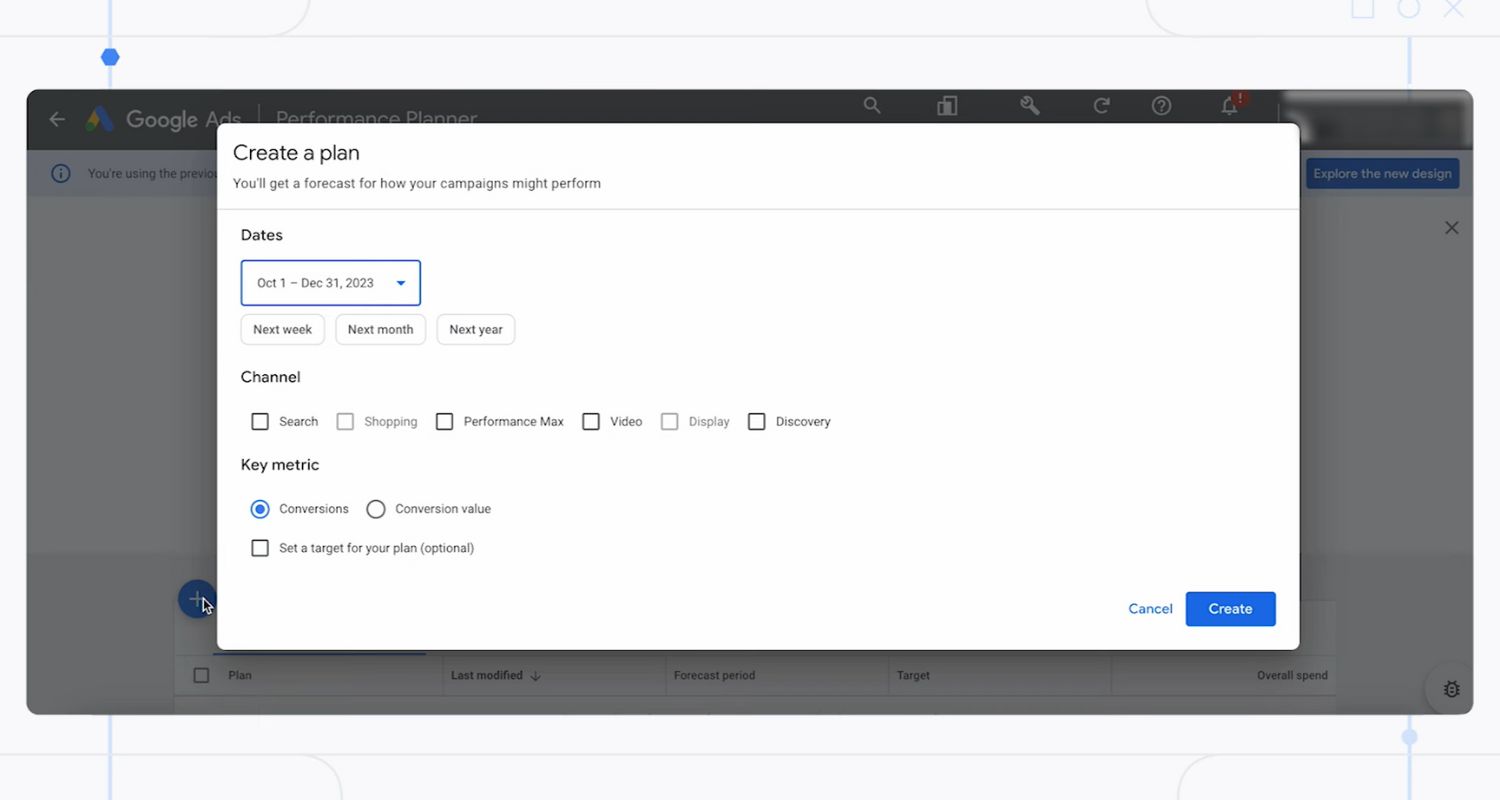If you are a brand that uses Google Ads, you must have heard of the Performance Planner at least once. It is a tool that helps advertisers forecast the potential impact of different budgets on their Google Ads campaigns. If you haven’t considered using it, this article on ‘What can the Performance Planner assist you with?’ may help you decide.
The Performance Planner can help you with planning the advertising campaign spend. It provides insights on responses to campaign changes and allows for monitoring current campaigns. Businesses can use the feedback from the Performance Planner to redefine their marketing strategies.
This article breaks down each function of the Performance Planner tool by Google Ads to provide comprehensive information. Additionally, it also lists the steps you can follow to set up a Performance Planner. What can the performance planner assist you with? Continue reading!
What Can the Performance Planner Assist You With?
A powerful performance marketing tool, the Performance Planner has a range of functionalities that can significantly enhance your advertising strategy. To know what a performance planner assists you with, it’s a must to be aware of its features. Explained below are the key features of the Performance Planner. Read on to learn!
Forecast your Campaign
what can the performance planner assist you with? One of the primary uses of the Performance Planner is to predict the future performance of your Google Ads campaign. With the help of clear graphs and extensive tables, this forecasting feature provides a comprehensive picture of what to anticipate.
- Graph: Firstly, the Performance Planner’s graph function gives you a visual picture of your campaign’s expected performance over time. You can quickly spot patterns, performance peaks, and possible swings in the interactive graph. With that knowledge, you can decide when to increase the budget or modify your approach to bidding. This can help you take advantage of periods of strong performance.
- Table: Secondarily, the Performance Planner also provides a comprehensive table that splits down the projected data into distinct metrics. This helps enhance the graphical depiction. Data shared in the table includes estimated clicks, impressions, conversion rates, etc. Thus, the table is a valuable tool for fine-tuning your advertising approach with detailed insight into the predicted performance.
Manage your Budget
Any advertising campaign must have efficient budget management. How can a performance planner serve your business? The tool is excellent at assisting you make the most of your financial resources. You can see how modifications to your budget will affect the anticipated campaign performance. This makes it possible for you to strike the ideal balance between performance and budget. As a result, your advertising expenditure is maximized.
Want to know what can the performance planner assist you with? The program offers recommendations on modifying your budget to get better outcomes. Concurrently, it also accounts for both possibilities and limitations. With this proactive approach to budget management, advertisers may place resources where they are most likely to produce favorable results and make data-driven decisions.
Compare Present performance with the Past
Monitoring and evaluating performance over time is a crucial part of campaign management. The Performance Planner makes this task easier for advertisers. The feature of comparing current performance with the previous one is beneficial. It helps identify patterns, find seasonalities, and assess the results of previous modifications.
Comparing current performance to historical data is another answer to what a performance planner can assist you with. Whether it’s adjusting to changing consumer behavior or fine-tuning parameters, the tool has it all.
Individual Campaign Forecast
The Performance Planner goes beyond offering general forecasts for entire campaigns. It also provides advertisers with the ability to delve into individual campaigns. This level of detail proves particularly beneficial for those working on numerous campaigns with diverse objectives. By predicting the performance of individual campaigns, advertisers can customize their strategies based on the distinctive goals of each campaign.
The individual campaign forecasting functionality allows advertisers to streamline resource allocation. They can prioritize high-potential campaigns and tackle challenges specific to each campaign. It grants advertisers the authority to implement a nuanced approach to campaign management. This ensures that every advertising endeavor is finely tuned for optimal success.
How to Set Up the Performance Planner?
What can the performance planner assist you with? To maximize the effectiveness of your online advertising efforts, as a marketer, you must first set up the Performance Planner. Associated with Google Ads, this service enables businesses to budget and predict advertising expenditures for meeting predetermined performance targets. It even has a few automatic services.
Here’s a comprehensive guide on how to set up the performance planner. Make sure to understand what each step says.
- Access the Performance Planner: To begin working on a campaign, go into your Google Ads account and select it. Click on the “Tools & Settings” tab and choose “Planning.”

- Select the Campaign: Click the “+ New plan” button to select the campaign of your choice. Indicate what you want from your campaign: is it more website visitors or conversions?

- Define Performance Targets: Establish reasonable performance goals based on past performance and performance standards. Adapt the goals for metrics like impressions, clicks, and conversions.

- Adjust Settings: Customize start and end dates, budget, and targeting options. Also, try various scenarios to observe how budget or bid approach adjustments affect the anticipated outcomes.

- Review Forecasts: Examine the Performance Planner’s predictions for essential metrics, such as impressions, clicks, and conversions. See how the suggested budget changes affect your objectives.

- Moreover, use the suggested budget adjustments from the Performance Planner if the forecast supports your goals. Review and make the necessary adjustments to reflect changing market conditions. Track your campaign’s real-time performance against the forecast. Adjust your plan accordingly using real-time information and insights.

FAQs
What can the performance planner assist you with?
A performance planner can help you with planning the advertising campaign spend, as well as responses to changes in the campaign.
What recommendation can the performance planner provide?
One recommendation that the performance planner provides accurately is setting a defined cost-per-acquisition target.
How does a performance planner reveal possibilities?
By using auction data and seasonal trends, among other indicators, a performance planner reveals possibilities with change in the campaign.
Why should your business use a performance planner?
Businesses can use a performance planner to redefine marketing tools and strategies, accurately predict budgets, and monitor ongoing campaigns.
Conclusion
To conclude, the performance planner can optimize the outcomes of an advertising campaign. Also, its predictive models can help advertisers and marketers make informed decisions to achieve desired results. When in doubt about the utilities of this tool, revisit this article on ‘What can the performance planner assist you with?’
See Also: How can a performance planner serve your business?





